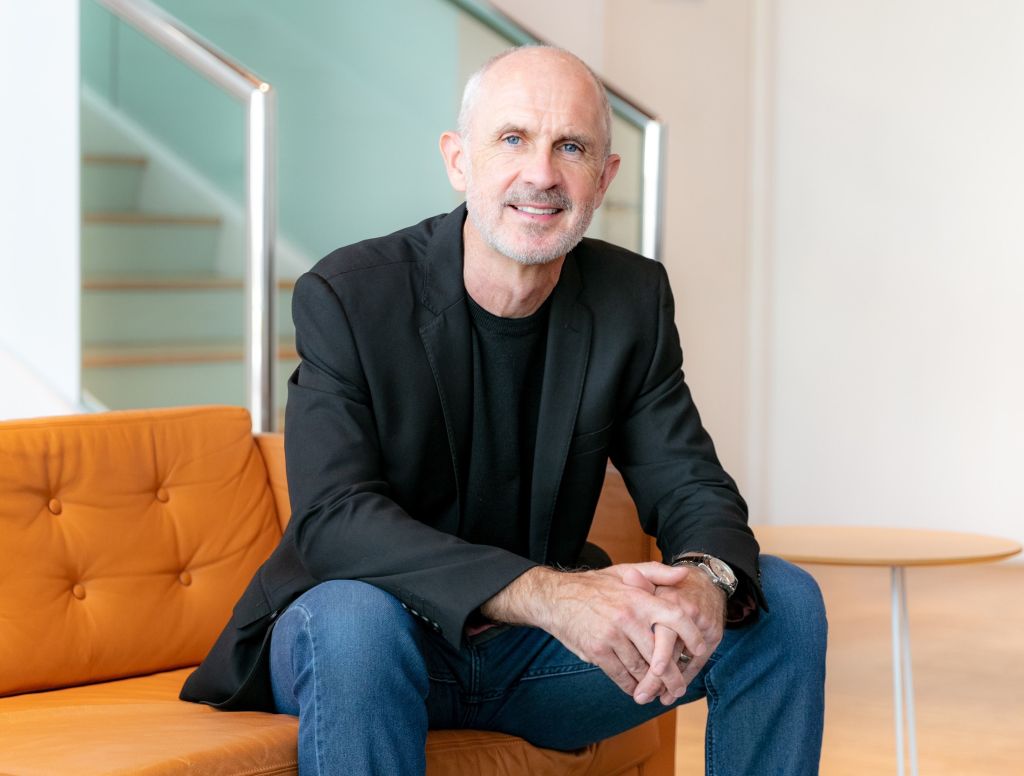Volvo hires BlackBerry veteran to turn its cars into iPhones on wheels
By BLOOMBERG | 31 March 2022
LONDON: Automakers used to compete over who had the latest-and-greatest hardware on offer: the highest-horsepower engine, the comfiest seats, the silkiest-sounding speakers.
As manufacturers try to turn their vehicles into rolling smartphone-like devices, the race will revolve around the next big things in chips that upgrade infotainment and vision systems, as well as the car’s general controls.
"That is really the big change that’s happening in the industry,” Jim Rowan, a former top executive at BlackBerry and Dyson who started as CEO of Volvo Car last week, said Tuesday in an interview.
This is, of course, far from the first smartphone analogy used to describe the auto industry’s evolution.
Doug Field, the former head of Apple’s car project, made the comparison when he joined Ford last fall. Volkswagen’s Herbert Diess warns his staff against ending up like Nokia.
Rowan, 56, saw the upheaval up close, from the perspective of a major player on the wrong end of the disruption.
During his time at BlackBerry, the company more than quintupled revenue to over US$20 billion.
But by the time Rowan left in 2012, BlackBerry’s once-dominant brand and operating system had been soundly beaten by Apple’s iPhone and Google’s Android.
"Ostensibly, the product stayed the same,” Rowan said.
"You could make a phone call and you could share some data. But the transformation between a feature phone and smartphone, in a very short period of time, transformed the use of that device a thousand times.”
A phone was no longer just a phone. And the same is happening to the car.
"A vehicle is a vehicle, but what we’re going to do in the journey that we’re on is to make so much technology available in that vehicle that it massively expands the use of that next-generation mobility,” Rowan said.
"All the stuff that you can do in your smartphone will be almost inherently native within the vehicle.”
The bigger part of the electrification transformation would hinged on software and core compute, said Rowan.
"That technology will be harnessed to drive next-generation active safety systems - so Lidar, radar, cameras, and obviously the software stack that enables that. The actual software on the vehicle itself becomes a much bigger component of the value proposition."
Volvo would have to change the way it develops and deploys software.
"We’re going to have to be a lot more intelligent about the decisions we make around making versus buying software, and we’re going to need to understand software at a much more vestral level than before.
"That doesn’t mean that we need to do every single software stack, but we need to be able to control how we interact with suppliers and build that final product, that interface we’re looking for."
Rowan believes Volvo needs to also look at digitising its supply chain more.
"One thing that is clear is that we need to digitise our supply chain more. In the same ways we’re building that digital backbone to reach out to customers, we also need to build a highly sophisticated digital supply chain infrastructure.
"It’s not to say that we need to change the suppliers, but we need to be able to connect with them to get real-time data, to take that data and analyse it, write algorithms to run what-if scenarios, identify the fracture points and decide whether we need two sources on a particular component."
Tags
Autos Volvo
Reviews

First drive with the 2025 Hyundai Tuscon and Santa Fe: Seoul...

5.8
Kymco AK550 Premium: Smart easy rider

BYD Seal 6 Premium: Sweet deal, generous kit, sensible prici...

8.7
Mazda CX-80 2.5G PHEV AWD High Plus: Upmarket upgrade

Proton X50 Flagship: Tuned for success

6.6
Triumph Trident 660: Beautifully balanced package

8.4
Mercedes-AMG GLA 35 4Matic: Never a dull moment

Lamborghini Urus SE: Ultimate control
Videos

Free & Easy Media Test: Latest Proton X50 Flagship to Kuanta...

Zeekr Space Sunway City Video

Honda Civic Type R Ultimate Edition: Last 40 Units for Europ...
